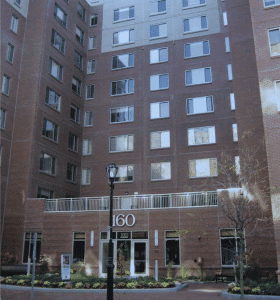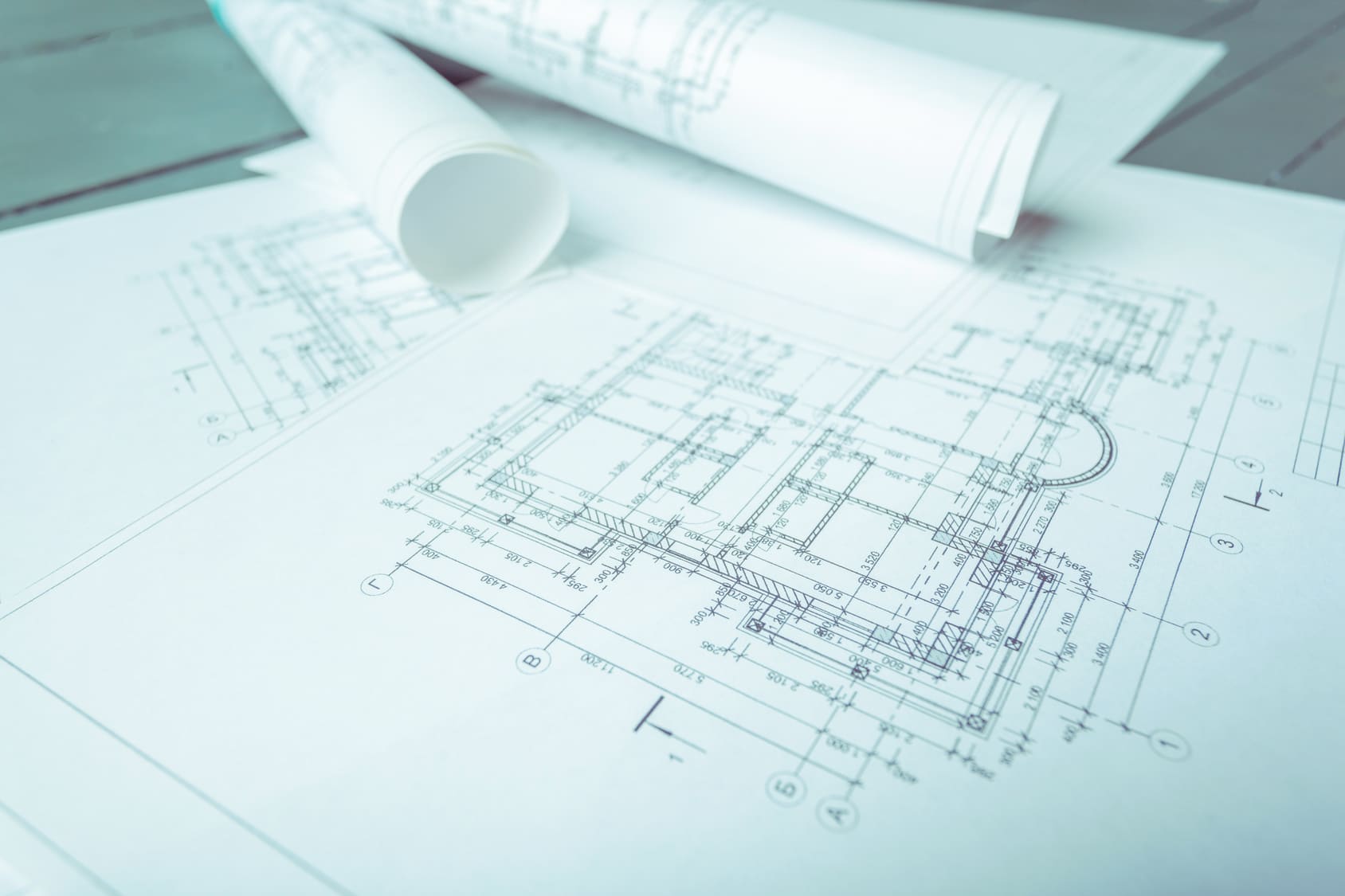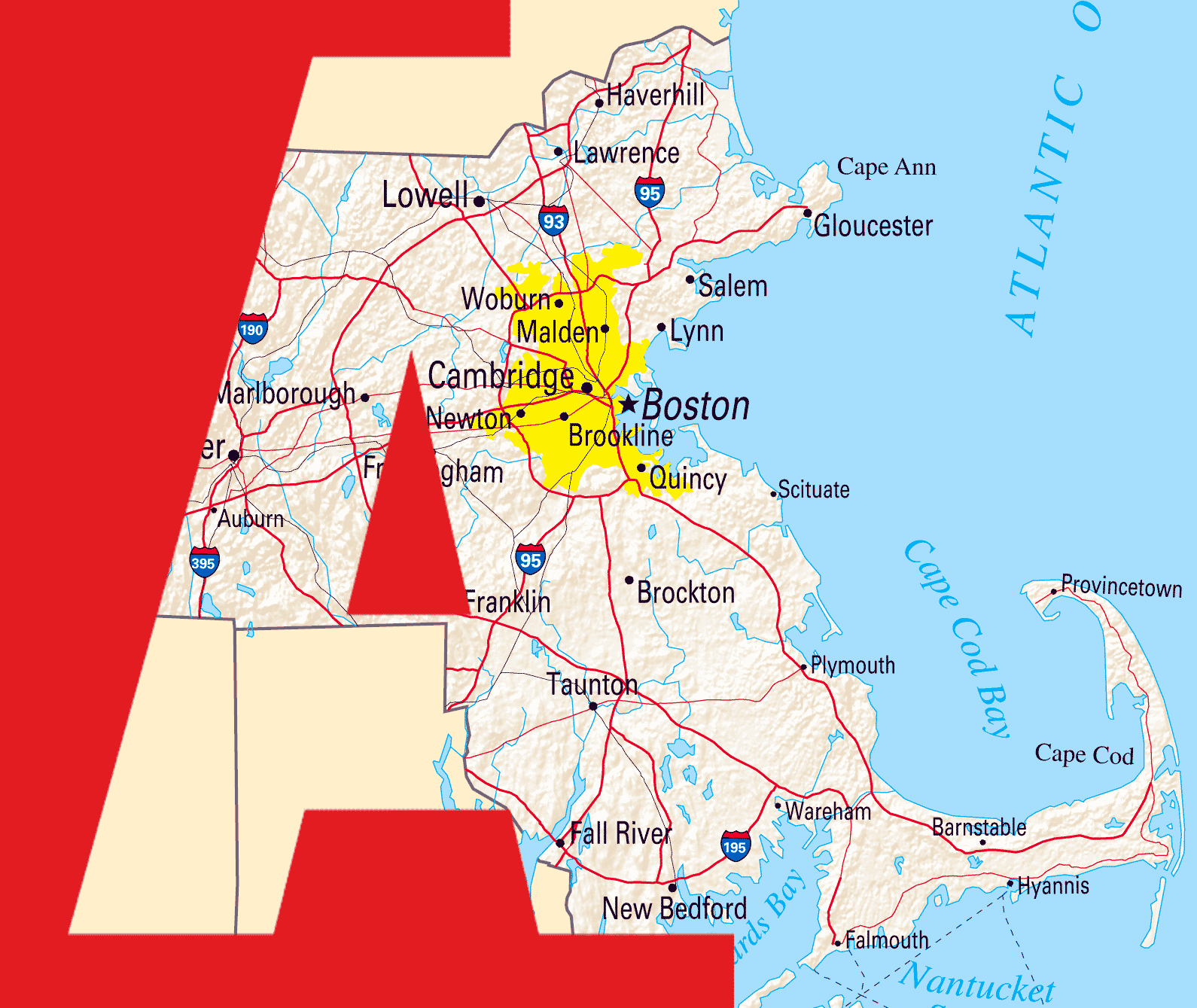
Estimating and Bidding a Masonry Restoration Project is a Complex Process.
At first glance, estimating and bidding a major masonry restoration project may seem rather straightforward. Define the job, price the job, bid the job. While these are the keys to the process, the tasks associated with each of these fundamentals must be carefully planned to assure that the process is successfully executed…
The process begins when the building owner/manager identifies problems, such as water infiltration or deteriorating masonry, that need to be addressed. In most cases, the owner/ manager seeks help from an architectural/engineering consulting firm that is selected based on either past experience, response to a request for proposals, or a strong referral from an associate or colleague.
The owner/manager and consultant meet to discuss the problems. The comprehensive investigation typically incorporates a visual survey of the entire building enclosure, including the roof and foundation. As part of the process, masonry or other exterior components (windows, EIFS, etc.) may be removed in problem areas to determine the nature of the defects.
Hiring an architectural/engineering consultant assures the owner that all aspects of the building restoration are evaluated and considered. These can include not only all of the structural issues, but also technical considerations such as insurance requirements, governmental regulations, and energy code requirements. The consultant is also a valuable ally in selecting and managing contractors throughout the restoration process.
Following the visual and technical investigation of the building enclosure, the consultant generally prepares a condition survey report. This report outlines the problems and recommends potential remedial solutions, provides several options based on a variety of factors, and includes preliminary budgets for each option.
Once the building owner/manager selects an option to be implemented, the consultant prepares contract documents. These include plans and specifications detailing the scope of work to be executed, materials to be used, and warranties required upon completion of the work.
Calling All (Qualified) Contractors
The owner/manager arranges a pre-bid meeting with qualified masonry contractors, based on past experience and referrals. At the meeting, the consultant distributes, reviews, and discusses the scope of work with the contractors, and often enters into a “give and take” to solicit contractor recommendations. The consultant may then issue one or more addendums that outline accepted revisions to certain aspects of the work detailed in the project documents.
Upon receiving the revised project specifications, each candidate contractor performs a “takeoff” on the plans. This includes a comprehensive review of the drawings and specifications, and one or more onsite visits to the property. The contractor performs his own field measurements to verify the accuracy of the measurements and quantities outlined in the plan. Abbot Building Restoration removed and replaced weatherproofing sealant at the pleasant Street apartments in Malden, Mass.
Following the onsite evaluations, the contractor quantifies units of materials required and areas to be repaired. After the contractor has a complete understanding of the scope of work, he uses his preferred estimating process or technique to generate a bid. Today, this process has become more sophisticated with specialized estimating software. Once all project costs have been established based on the specifications described in the plan, the contractor enters lump sum and unit pricing, as well as any other required pricing breakdown, onto the bid form. The contractor should also carefully review the sample contract provided in the bid package to assure compliance with the owner’s and consultant’s terms and conditions. This document is usually the American Institute of Architects industry standard contract. After the bids are submitted, the consultant reports the results and reviews the bids with the owner/manager. The consultant typically selects the two lowest bidders and interviews each candidate. For private contracts, the final decision is not always based on cost; for pubic contracts, the low bidder customarily wins the job.

Case Study: Pleasant Street Apartments
An excellent example of a successful design/build process is the repair project at the Pleasant Street Apartments in Malden, Mass. Built in 2006, the 204-unit high-rise structure began to exhibit various issues with the building enclosure shortly after it was occupied. VP Consultants LLC (VPC) in Cambridge, Mass., was hired to review the structure, determine the present condition of various exterior elements, and identify the work necessary to perform the repairs. According to managing partner Michael Velji, VPC drafted a remedial plan with preliminary budgets and met with the building owner/property manager to select the option that best fit their requirements. After bidding the proposed work to various qualified contractors, the owner interviewed the two low bidders. One of these was Abbot Building Restoration Co. Inc. of Boston, a well-respected masonry repair and maintenance firm.
With the owner’s approval, Abbot was selected for the project based on strong qualifications and competitive pricing. Based upon the scope of work in VPC’s plans, Abbot removed the original sealant throughout the entire façade and replaced it with a two-stage silicone sealant system to provide a tight weatherproof seal. The contractor also completed additional work, as detailed in the project documents.
Case Study: St. James Episcopal Church
Another example is the restoration of the bell tower at the St. James Episcopal Church in Cambridge, Mass. Built in 1888, St. James Church is a historically significant structure designed in a Richardsonian Romanesque architectural style that was popular in the era. Over the years, the sanctuary has housed many beautiful stained glass windows and a historic bell recast by Paul Revere.
In 2007, the ownership committee contracted Davies & Bibbons, an architectural consulting firm in Cambridge, Mass., to inspect the bell tower on the north side of the building where the original stones had begun to dislodge.
Davies & Bibbons performed a complete investigation of the deteriorated masonry, and developed plans and specifications for the remedial repairs.
According to engineering manager, Arthur Hayes, after several onsite visits and revisions, the plans included removing the entire bell tower down to the roofline, and rebuilding it using the original stones. The project included repairing some of the buttresses located below the tower that were also deteriorating.
After a similar bidding process, Abbot Building Restoration was selected as the masonry contractor. Under the direction of the Massachusetts Historical Society, Abbot carefully removed and numbered each of the stones, applied new mortar, and replaced the stones in the exact order as they were removed, thereby preserving the historical integrity of the structure. MC
Michael Norman is vice president of Abbot Building Restoration Co. Inc. Harlan Polishook is a marketing consultant. For more details and project profiles, see www. abbotbuilding.com or call 617-445-0274.


